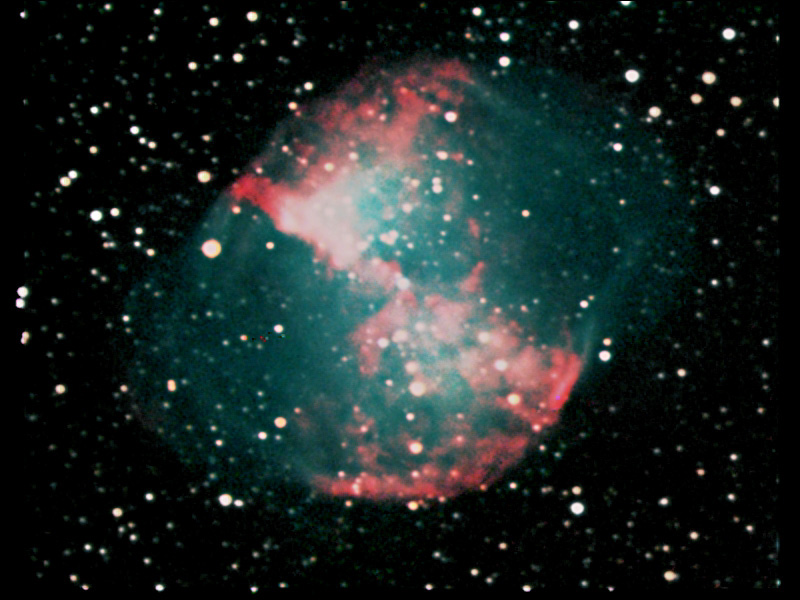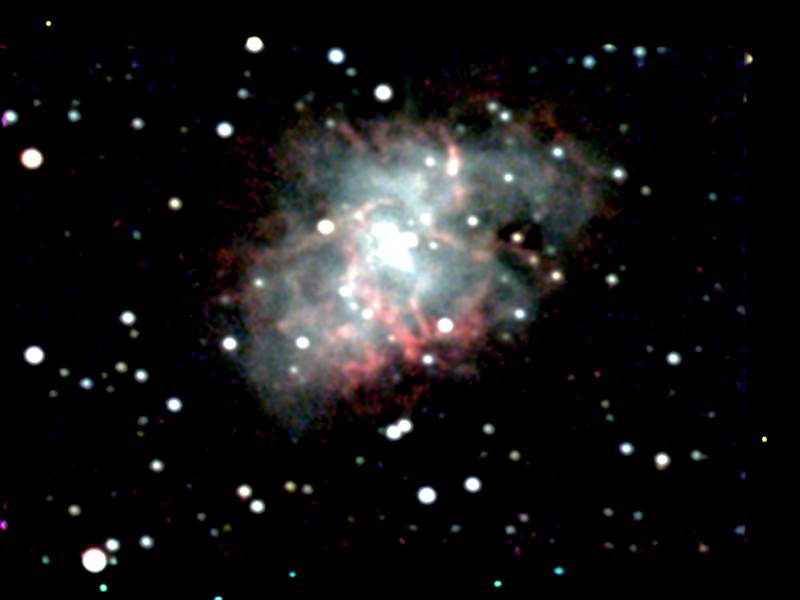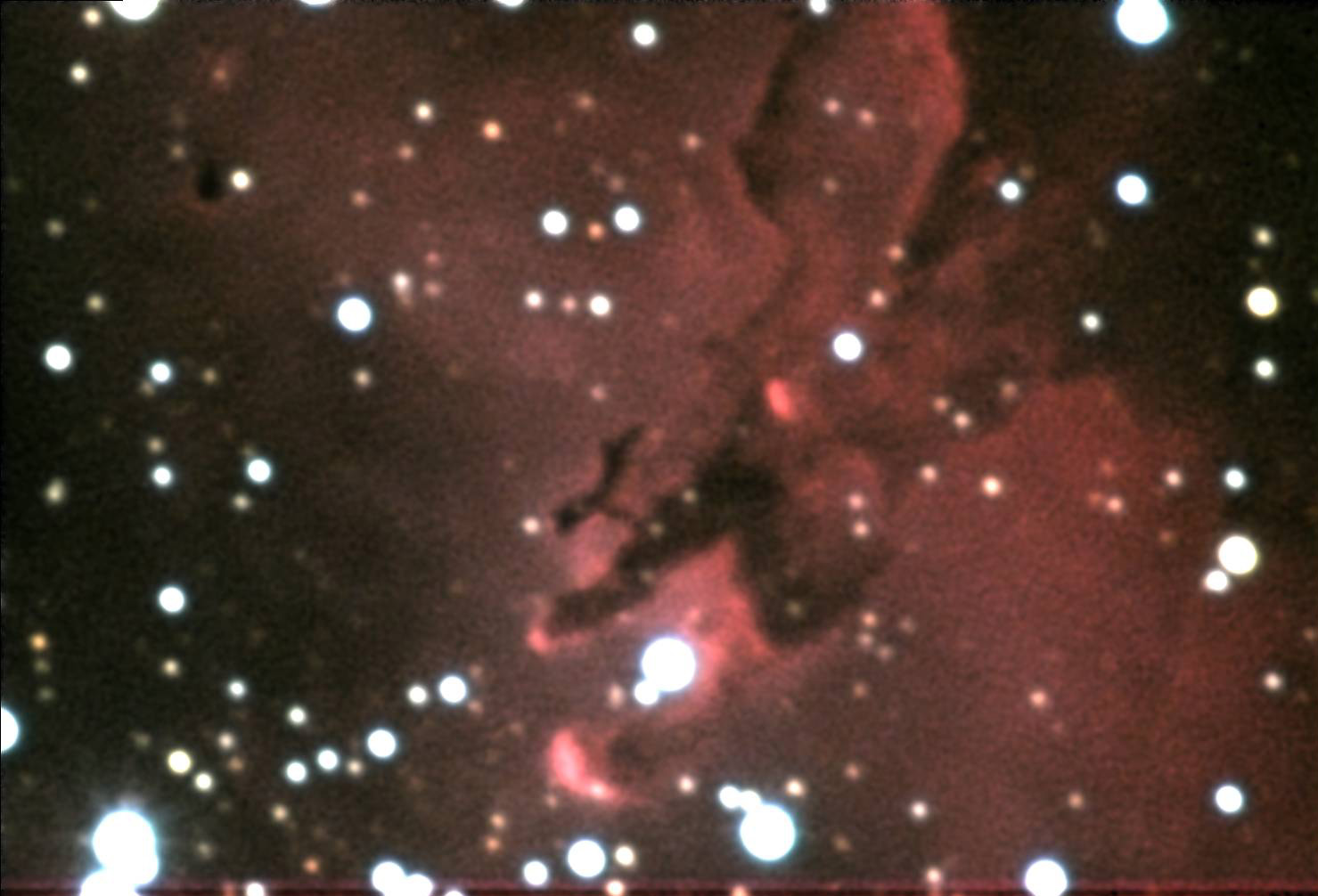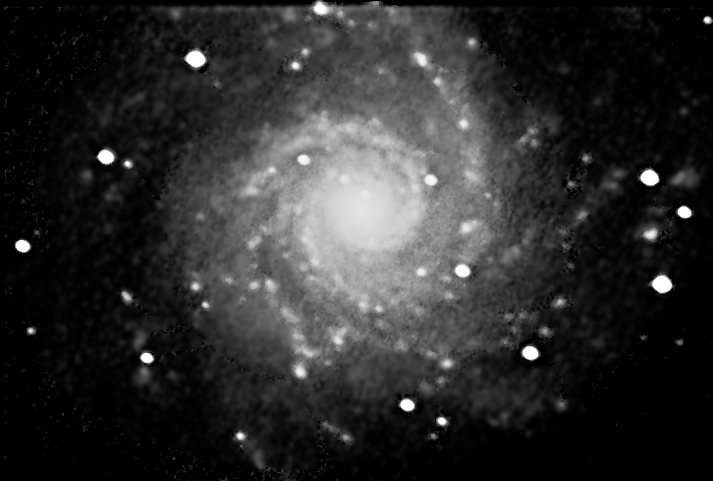
Notes on these images. Images acquired using an SBIG ST-2000XM camera with a CFW-8A color filter wheel at prime focus (generally binned 2x2). The 24" R-C telescope at Star Hill Inn, Sapello, New Mexico, was used for all the following pictures.

M27, the Dumbbell Nebula in Vulpecula. This bright and colorful nebula is only about 1200 light years distant and so a fair amount of detail is visible. If you look carefully, you will see that the object is probably a sphere formed by expanding shell of gases being ejected by the bluish star in the very center. Taken at the Star Hill Inn in October, 2004, with the 24" R-C telescope (f/8).

M1 the Crab Nebula. Taken in October, 2004, at Star Hill with the 24" R-C telescope (f/8). 10 - 12 LRGB (each) images were combined to yield this picture.

M16, the famous Eagle Nebula in Serpens Taken at the Star Hill Observatory in October, 2004, using the 24" R-C reflector at f/8. The 'Pillars of Creation' region is in the lower center section of the image. This photo is a 9X stacked LRGB image, taken while the object was very low in the west, with a 1/4 moon within 20 degrees.

NGC 7635 the Bubble Nebula in Cassiopeia. This object is actually a bright emission/ reflection nebula. The 'bubble' is about 10 light years across and is represents the blast front of a rapidly expanding ball of ionized gas. Taken in October, 2004, at Star Hill with the 24" R-C telescope (f/8). 10 - 12 to 20 LRGB (each) images were combined for this picture.

This is the symmetrical face-on spiral galaxy (type Sc) M74 in Pisces. This magnitude 9.4 galaxy is about 35 million light years distant. This luminance only image (36 exposures of 30-45 sec each) was taken with the 24" R-C telescope at Star Hill, New Mexico (f/8) in October 2004.